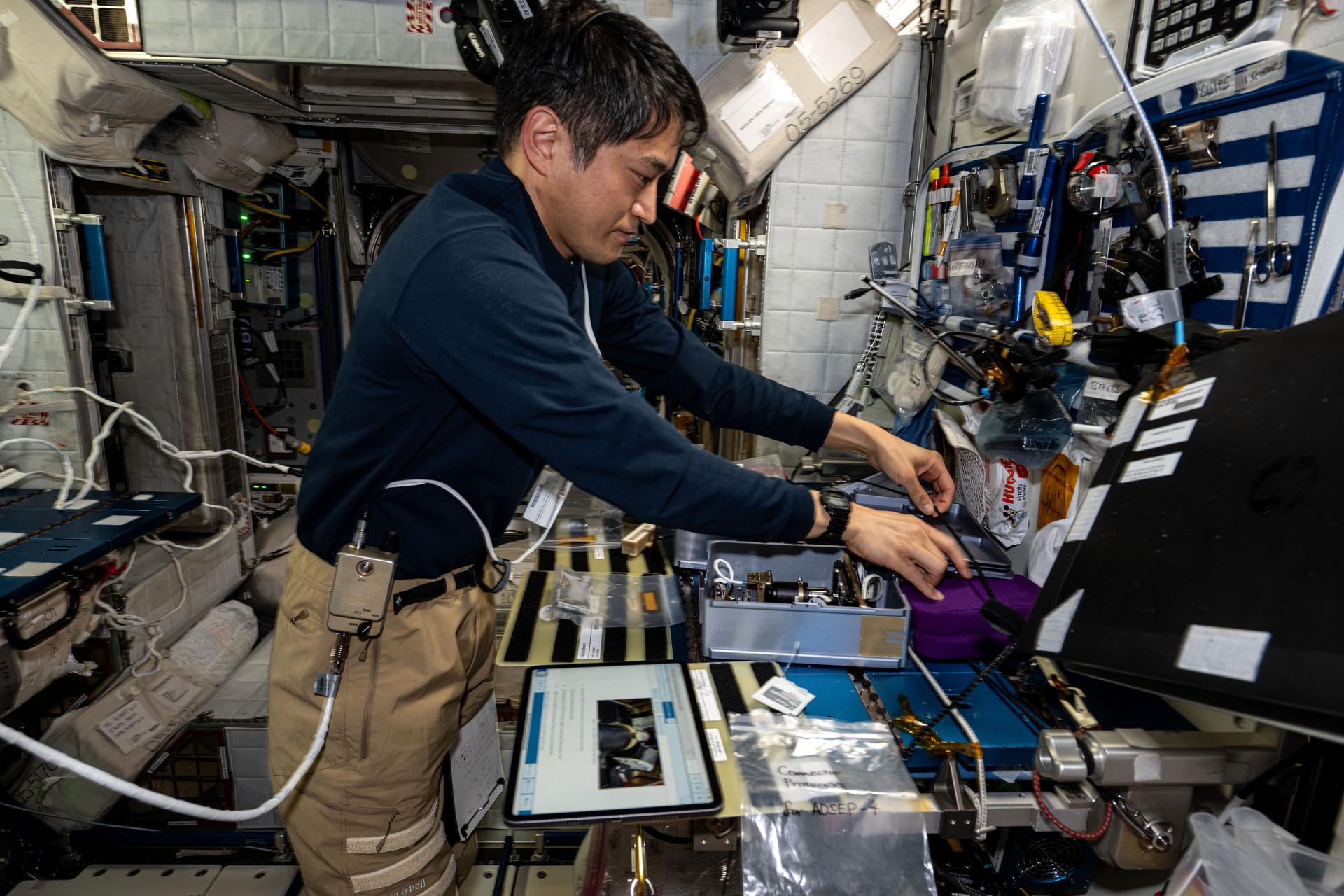Beyond Earth's Horizon: Astronauts Prepare for Groundbreaking Spacewalk Mission

In a precision-driven mission high above Earth, two NASA astronauts meticulously prepared for a critical spacewalk aimed at enhancing the International Space Station's power systems and communication infrastructure. Expedition 73 Flight Engineers Anne McClain and Nichole Ayers methodically organized their specialized spacesuits and carefully arranged their precision tools within the Quest airlock, setting the stage for an intricate orbital upgrade.
The duo's careful preparations underscore the complexity and strategic importance of maintaining the orbiting laboratory, where every movement and equipment placement is calculated with scientific precision. Their upcoming spacewalk represents another testament to human ingenuity and collaborative space exploration, promising to improve the station's operational capabilities through targeted technological enhancements.
